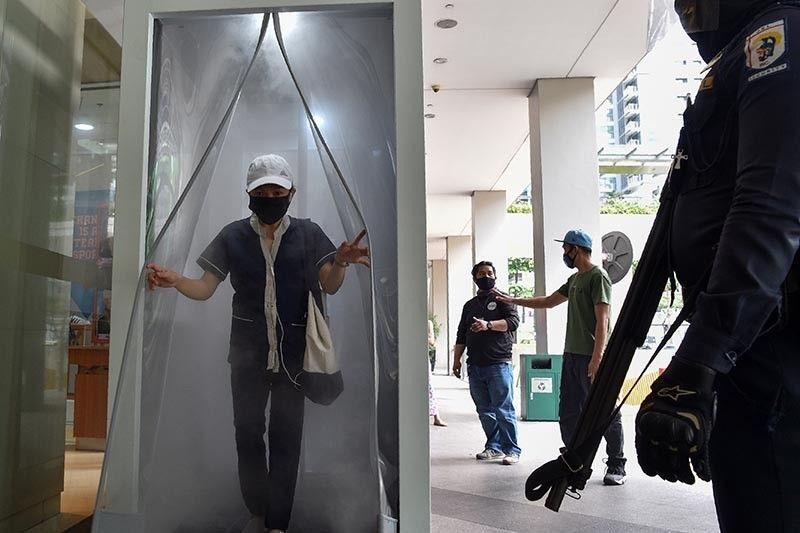'Second wave' of COVID-19 cases is here — Duque

MANILA, Philippines — The second wave of coronavirus disease-2019 (COVID-19) infections is here, and has been here since March, the country’s health chief said on Wednesday, leaving legislators and many observers dumbfounded.
“Ngayon nasa second wave tayo at ginagawa po natin ang lahat para nga mag-flatten ‘yung epidemic curve,” Health Secretary Francisco Duque III told senators on an online hearing on the country’s pandemic response.
Duque’s statement appeared to have caught some opposition senators like Francis Pangilinan and Risa Hontiveros wondering, especially after President Duterte himself have repeatedly mentioned trying to avoid a second wave in cases, which economic managers also said would be too costly to address.
In justifying his pronouncements, Duque classified the first three COVID-19 “imported cases” in the Philippines back in January and February as the “first wave” of infections even as during those months, the country has not been conducting enough tests to diagnose more suspected cases of the novel disease.
These cases involved three Chinese citizens, one of whom eventually died of the disease. After those three, the government saw a month-long lull in cases before a sudden surge in March, due to more testing, revealed the Philippines is failing to catch the real scenario on the ground. So far, more than 13,000 COVID-19 infections had been recorded as of Tuesday.
Dr. John Wong, an epidemiologist tapped by the health department to assist in the coronavirus task force, backed Duque. “We had a very small wave in the last few days of January. And there was a lull, very few cases after that. And then we had our second wave, which is our first major wave of more than 10,000 cases,” Wong said in a press briefing.
“This second wave peaked sometime, maybe in the end of March at 538 cases and has since gone down to about 220 cases a day and we’re now in the trough or in the lower part of the second wave,” he added.
Plateaued or flattened?
But claims of a second wave, even if made by doctors serving in the government, did not sit well with senators who at one point last April, issued a resolution calling for Duque’s resignation over his "failed" response to the pandemic.
To make matters worse, Duque repeatedly said in the same hearing that the country has “flattened the curve,” which according to him, pertain to a scenario where new daily cases reported daily have “stabilized.” In the Philippines, that’s at 250 a day.
But Duque’s definition of flattening the curve goes against those in other countries where flattening means a consistent decrease in daily cases.
“How can we say that we have already flattened the curve when we have not tested enough?” Pangilinan asked Duque. The senator went on to prod the health chief whether cases simply plateaued, also because of insufficient testing.
Duque responded: “Tama po kayo nang sinabi niyo na nag-plateau. It’s one way of saying na nag-flatten ang curve.”
Testing backlogs
Currently, health department data presented at the Senate hearing showed the Philippines has a testing capacity of 11,000 a day, and has tested 0.1% of the population. Malacanang said it wanted to improve the testing rate to 1% to 2% of the population, similar with levels in South Korea and Taiwan that have put the pandemic under control.
At the current pace however, Vivencio Dizon, deputy chief implementer of the national task force against COVID-19, said the country still has a testing backlog of 6,500, albeit down from “around 7,500” a week ago.
Duque said the backlog, and the risks it would push up the number of cases, is nothing to worry about. “Base po sa experience natin on this backlog, mga 8-9% lang po rito ang nagpa-positive…And it will not materially influence or affect the flattening of the curve,” he explained.
Latest data showed that 207,823 individuals have been tested in the country. A target of 30,000 tests per day has been set for the end-May, and 50,000 by end-June.
Dizon, meanwhile, assured legislators that testing is being accelerated. “The backlog is spread over time. The main cause of this is the lack of capacity in the past,” he said.
“Now that we are getting capacity already, that backlog is slowly but surely going down,” Dizon said.
- Latest
- Trending






























